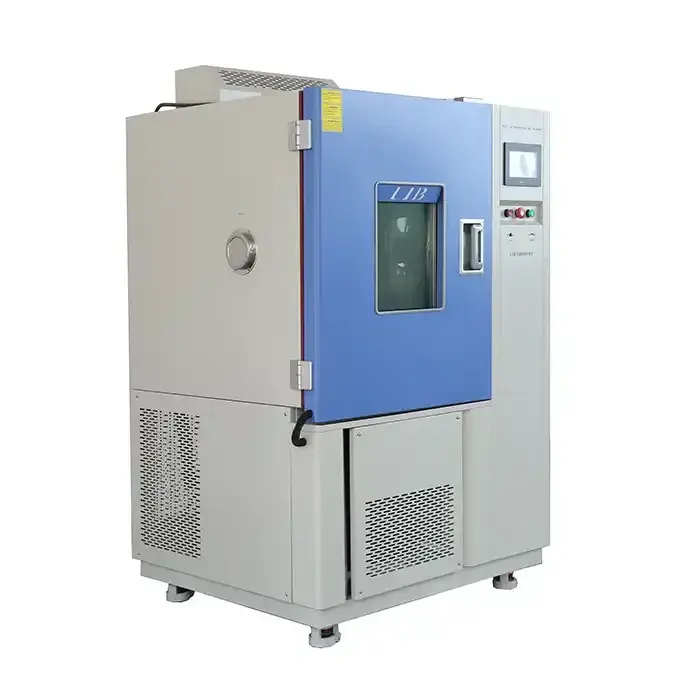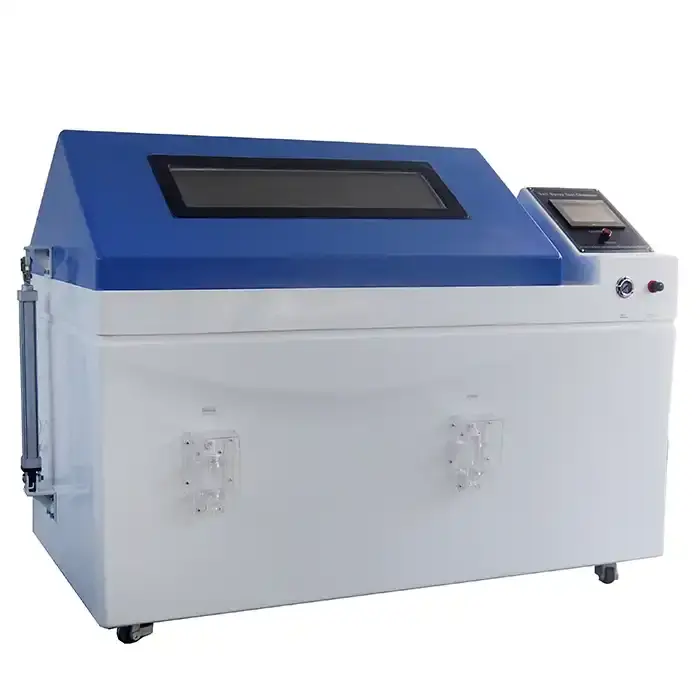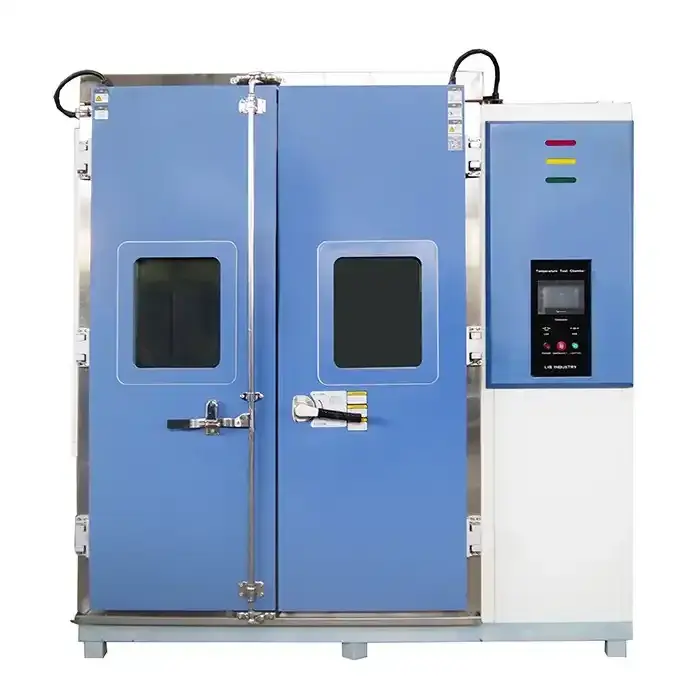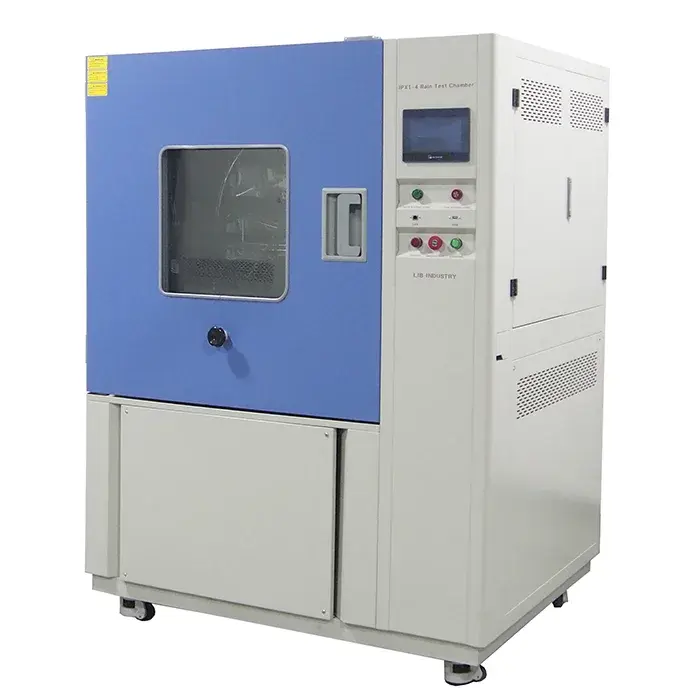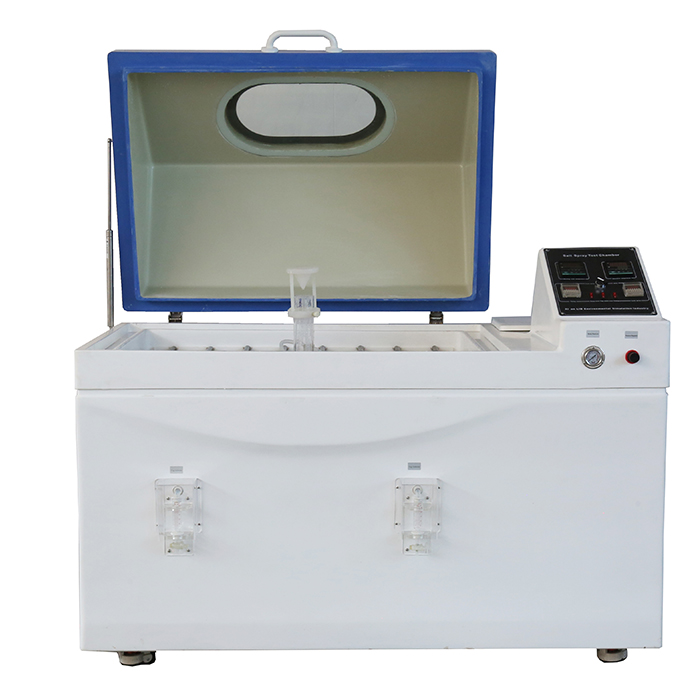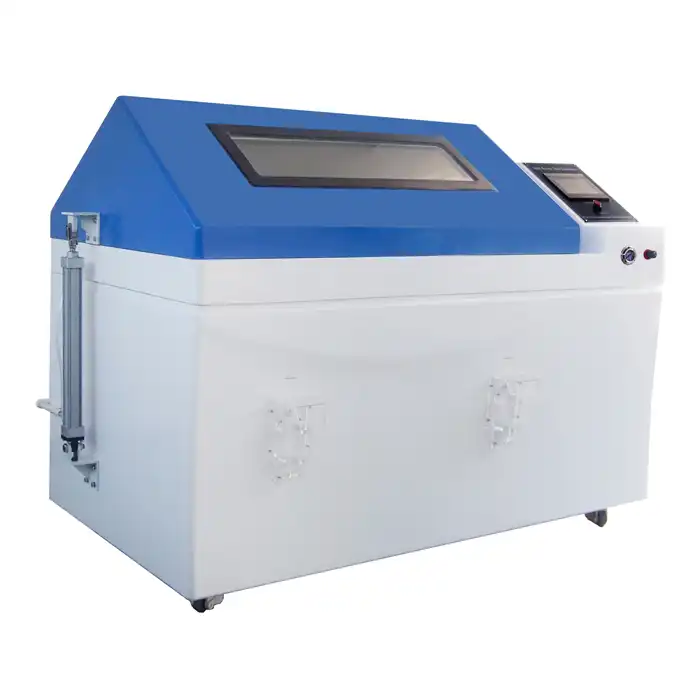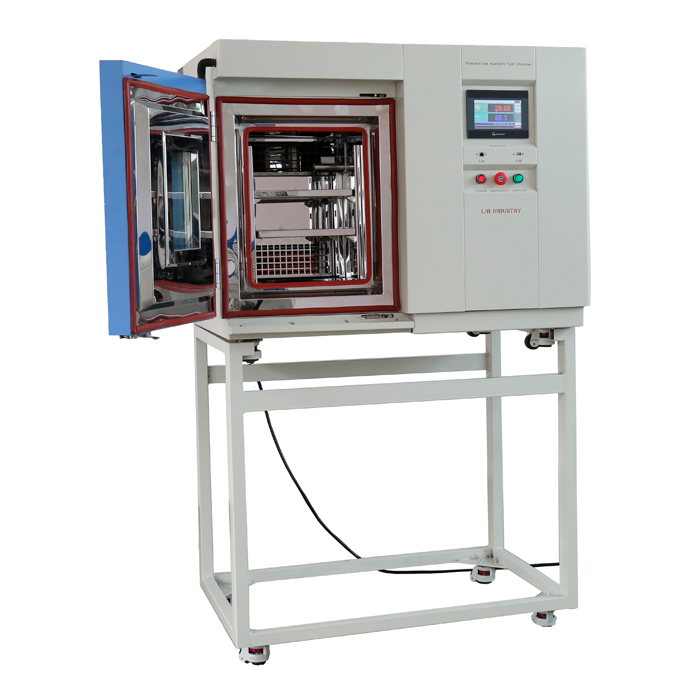How Do You Maintain a Walk-In Environmental Chamber
Maintaining a walk-in environmental chamber is essential for ensuring its longevity and accurate performance. Proper maintenance helps prevent costly repairs and ensures that the chamber operates efficiently. In this blog, we will discuss key aspects of maintaining a walk-in environmental chamber, focusing on regular cleaning, monitoring environmental conditions, and conducting routine inspections. This information will provide valuable insights for users looking to keep their chambers in optimal condition.

⇒Regular Cleaning and Sanitization
One of the most critical aspects of maintaining a walk-in environmental chamber is regular cleaning and sanitization. Here are some key steps to follow:
- Daily Cleaning
- Wipe down surfaces with a damp cloth to remove dust and debris.
- Clean the floors to prevent any buildup of dirt that could affect air circulation and chamber performance.
- Weekly Cleaning
- Use mild detergents to clean the interior surfaces thoroughly. Avoid using harsh chemicals that could damage the chamber’s materials.
- Inspect and clean the door seals to ensure a tight fit, preventing leaks and maintaining consistent environmental conditions.
- Monthly Cleaning
- Clean the cooling and heating elements to ensure efficient temperature control. Dust and dirt on these components can reduce their effectiveness.
- Check the air filters and replace them if necessary. Clean filters are crucial for maintaining air quality and circulation within the chamber.
Regular cleaning not only helps maintain the chamber's efficiency but also extends its lifespan. By keeping the chamber clean, you can ensure that it operates at peak performance, providing accurate and reliable results.
⇒Monitoring Environmental Conditions
Monitoring the environmental conditions within your walk-in environmental chamber is essential for maintaining its performance. Here are some tips to ensure optimal conditions:
- Temperature Monitoring
- Use high-quality, calibrated thermometers to frequently check the chamber's temperature. Ensure that these devices are calibrated according to manufacturer specifications and industry standards. Regular calibration helps to maintain accuracy and reliability in temperature readings.
- Implement temperature sensors and data loggers throughout the chamber to continuously monitor and record temperature fluctuations. These devices provide real-time data that can be analyzed to detect any deviations from the set temperature range. By monitoring trends over time, you can identify patterns or anomalies and address potential issues before they impact your applications.
- Humidity Control
- Regularly check and calibrate hygrometers to accurately monitor humidity levels inside the chamber. Calibration should be performed according to manufacturer recommendations and industry standards to ensure precise measurements.
- Employ dehumidifiers or humidifiers as needed to maintain the desired humidity levels. Dehumidifiers help to reduce excess moisture, while humidifiers add moisture to the air. Regularly inspect and maintain these devices to ensure they operate efficiently and effectively.
- Airflow and Ventilation
- Ensure that the walk-in environmental chamber’s ventilation system is functioning correctly. Proper ventilation prevents the buildup of heat or moisture and promotes uniform environmental conditions throughout the chamber. Check for any blockages or obstructions that may impair airflow.
- Regularly inspect the air circulation fans and vents to ensure they are operating properly. Clean or replace any components that are obstructed or malfunctioning. Proper maintenance of fans and vents ensures effective air distribution and prevents the formation of hot or cold spots.
- Balance the airflow within the chamber to achieve uniform conditions. Adjust fan speeds or airflow patterns as needed to maintain consistent temperature and humidity levels across the entire chamber. Proper airflow balancing is crucial for achieving reliable and accurate testing results.
By closely monitoring the environmental conditions, you can quickly identify and address any deviations from the desired settings. This proactive approach helps maintain the chamber's performance and prevents potential damage to sensitive samples or equipment.
⇒Routine Inspections and Maintenance
Conducting routine inspections and maintenance is crucial for the long-term reliability of a walk-in environmental chamber. Here are some important steps to include in your maintenance routine:
- Visual Inspections
- Regularly inspect the walk-in environmental chamber for any visible signs of wear or damage. Look for cracks, rust, or other signs of deterioration that could affect performance.
- Check the condition of the electrical wiring and connections. Ensure there are no loose or frayed wires that could pose a safety hazard.
- Mechanical and Electrical Checks
- Test the functionality of the door seals and latches. Ensure they close securely to maintain a consistent internal environment.
- Inspect the mechanical components, such as compressors and fans, for any signs of wear or malfunction. Lubricate moving parts as needed to ensure smooth operation.
- Check the calibration of sensors and controllers. Regular calibration is essential for maintaining accurate environmental conditions within the chamber.
- Professional Servicing
- Schedule regular servicing by a qualified technician. Professional maintenance can help identify and address issues that may not be apparent during routine inspections.
- Keep a log of all maintenance activities, including inspections, repairs, and servicing. This documentation can be valuable for troubleshooting and ensuring compliance with regulatory standards.
Routine inspections and maintenance are essential for preventing unexpected failures and ensuring the chamber operates reliably. By addressing minor issues before they become major problems, you can reduce downtime and extend the lifespan of your walk-in environmental chamber.
⇒Conclusion
Maintaining a walk-in environmental chamber involves regular cleaning, monitoring environmental conditions, and conducting routine inspections and maintenance. By following these best practices, you can ensure your chamber operates efficiently and provides reliable results. Proper maintenance not only extends the lifespan of the chamber but also enhances its performance, making it a valuable investment for any laboratory or testing facility.
For more information about maintaining your Climatic Walk In Chambers or to learn about our range of environmental testing solutions, please contact us at info@libtestchamber.com. Our team of experts is here to help you with all your environmental testing needs.
References
1. National Institute of Standards and Technology (NIST). (2020). Environmental Chamber Performance Evaluation and Maintenance.
2. American Society for Testing and Materials (ASTM). (2021). Standard Guide for Environmental Test Chambers: Operation and Maintenance. ASTM E2877-13.
3. Thermo Fisher Scientific. (2022). Walk-In Environmental Chambers: Maintenance Best Practices.
4. Lab Manager. (2023). Essential Tips for Maintaining Environmental Chambers.
5. Environmental Testing Laboratories (ETL). (2021). Guide to Cleaning and Maintaining Environmental Test Chambers.
6. Gartner, M. (2022). Best Practices for Environmental Chamber Maintenance and Monitoring. Journal of Laboratory Technology, 45(2), 78-85.



